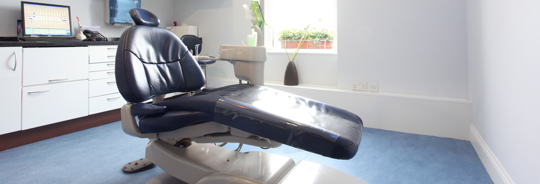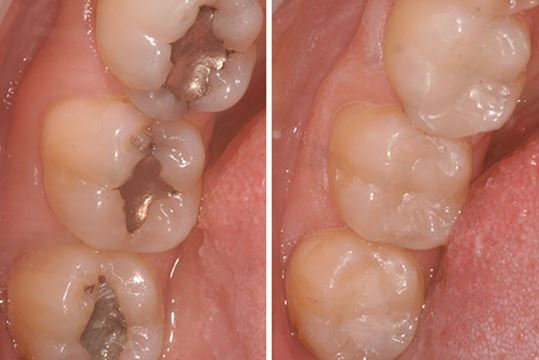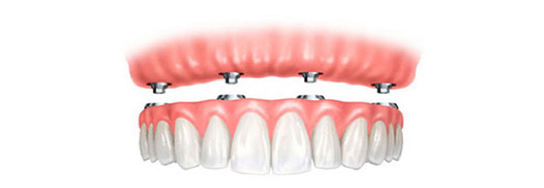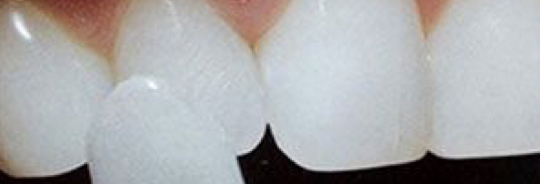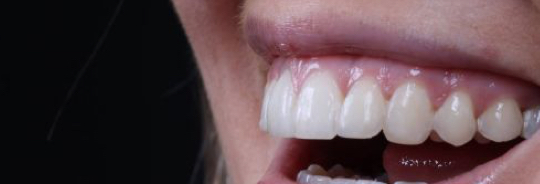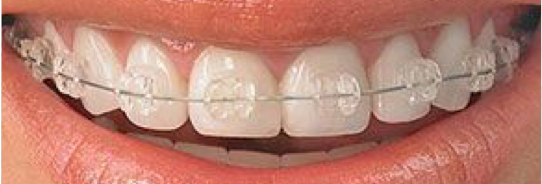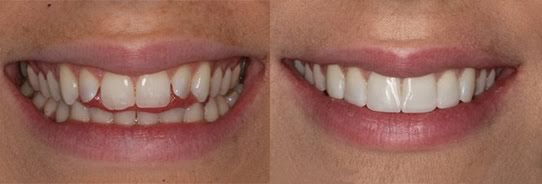
Blog
We post all the latest information here regularly so it's always up to date for you. If there is a topic you would like to have us cover please ask.
30 July 2019
Bone Grafting

When there is a significant amount of bone lost, it can be difficult to place a dental implant. In these circumstances, we will opt for bone grafting. The only accurate way to know for certain whether you have enough bone to support an implant is by having a dental CT scan done on the day of your initial consultation. There are several different options when it comes to bone grafting procedures and although there will be some degree of swelling following treatment, this soon subsides.
Sinus Grafting Explained
A sinus graft is carried out when the sinus has expanded and bone lost. This tends to occurs in the upper back of the jaw. Once a tooth is lost at the back of the top jaw, the sinuses can expand resulting in bone resorption. When this occurs, there may be too little bone to immediately place implants.
Internal Sinus Grafting
An internal sinus graft is carried out at the same time an implant is being placed. This makes treatment time much quicker than external sinus graft and results in less swelling. On average, this procedure is carried out when there is more than 5mm of bone remaining between the sinus and mouth.
External Sinus Grafting
An external sinus graft involves lifting the gum back at the side of the sinus and carefully placing a bone substitute. We then give the graft time to mature (on average six months) before then placing the dental implant.
Sinus grafts are a common part of placing implants, as they do require more time to heal they can delay the completion of treatment as well as requiring an additional fee. On the day of your initial consultation, your dentist will be able to tell you whether you require a sinus graft following an x-ray.
Block Grafting
If a large amount of bone is missing, it may require taking bone from elsewhere and moving it to the area which needs it.
The Next Step...
If you're unsure whether you require a sinus graft then simply contact a member of our reception team to arrange your consultation.


